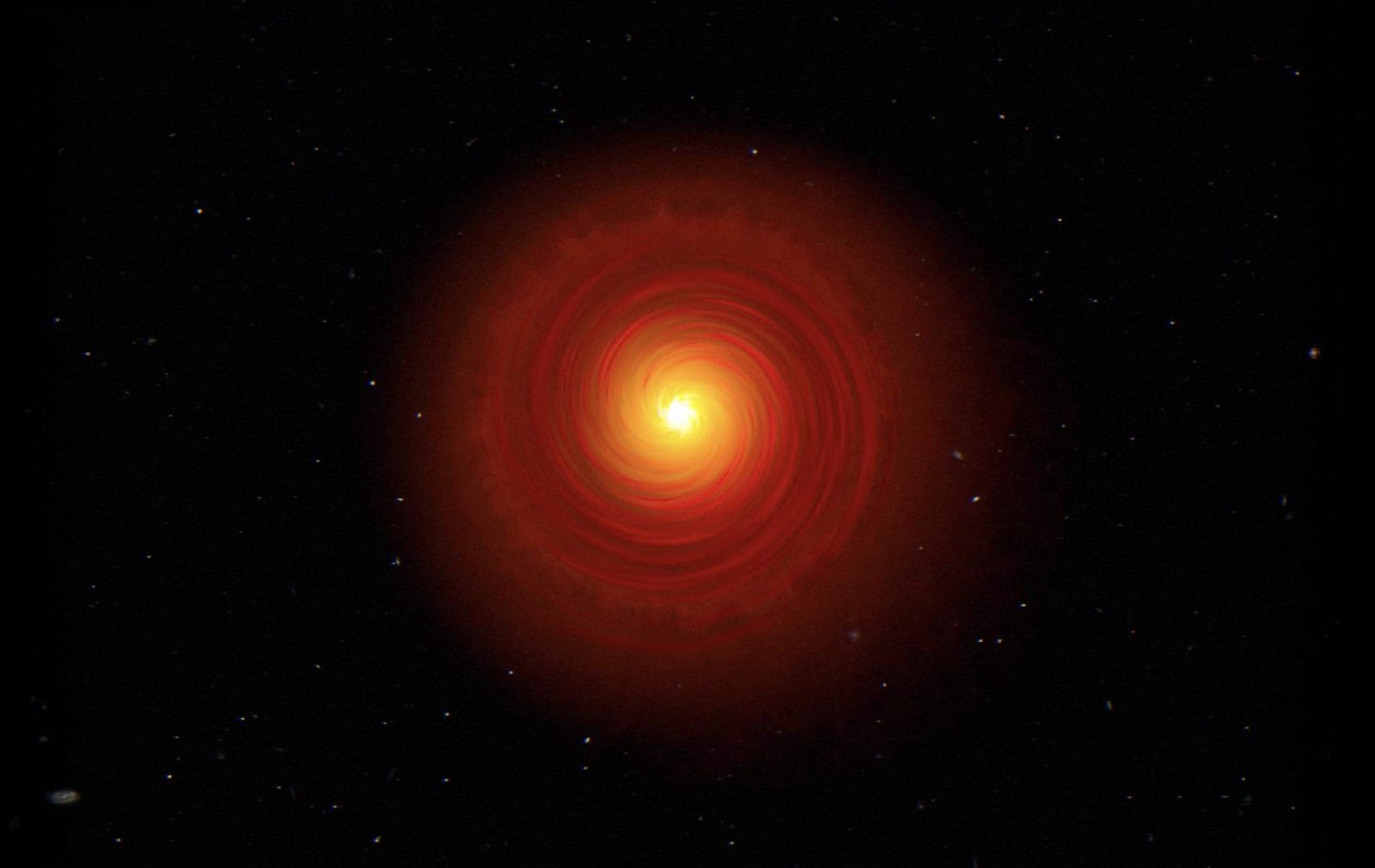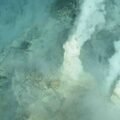A major discovery is offering new clues that could help solve the mystery of planet formation, thanks to recent observations made with NASA’s James Webb Space Telescope.
The findings are based on observations of water vapor present in protoplanetary disks, the rotating masses of gas that encircle newly formed stars. Data obtained by Webb has helped confirm the dynamics of a key process, where solid components coated in ice that exist in the disk’s outermost regions gradually drift into the rockier planetary region.
In the past, it had been theorized that ice-covered pebbles accumulated in the colder regions furthest from the center of protoplanetary disks, the same region that gave birth to comets in our own solar system.
The accumulation of icy material in this outermost region was deemed to be a likely factor in the formation of planets, given that the frozen pebbles would make their way inward toward the star at the center of the disk over time, partly due to friction that gradually helps to move bits of solid matter, as well as water, toward the areas that over very long periods begin to form planets.
The existing theory also predicted that icy pebbles, as they make their way toward warmer regions of the protoplanetary disk, would in turn release significant amounts of cold water vapor as the ice that coats these stony bits is transformed into gas.
These processes had had never been observed, however, until now.
With the help of Webb’s Mid-Infrared Instrument, or MIRI, the subtle processes connecting water vapor in the innermost regions of protoplanetary disks and the slow drift of icy pebbles inward from its outer edges has finally been revealed to researchers, who report their findings in Astrophysical Journal Letters.
Andrea Banzatti, a researcher at Texas State University, San Marcos, and the principal investigator of the new study, said the findings help to reveal “exciting prospects” for the future study of rocky planet formation with the aid of the incredible imagery collected by Webb.
Colette Salyk, an Assistant Professor of Astronomy at Vassar College and also one of the team members, said that past observations provided a fairly static view of how planets are formed, which she compared to the presence of “isolated zones that planets formed out of.”
“Now we actually have evidence that these zones can interact with each other,” Salyk said in a statement. “It’s also something that is proposed to have happened in our solar system.”
Using MIRI, the team was able to study two compact protoplanetary disks, as well as a pair with an extended shape, all of which were encircling stars similar to our Sun. Each star was estimated to be very young, at between just 2-3 million years old. MIRI was idea for this because of its Medium-Resolution Spectrometer (MRS) instrument, which is particularly useful in the detection of the presence of water vapor in protoplanetary disks.
Primarily, the team hoped to learn if compact disks possess a greater amount of water closer to their innermost rocky regions, since the phenomenon of pebble drift is more efficient in disks possessing this shape.
While the extended disks the team observed will likely retain their pebbles in a series of rings that the researchers say could extend as much as six times further than the orbit of Neptune, the compact disks will likely undergo more coherent pebble drift that will help to facilitate the movement of the icy pebbles to positions that are much closer—roughly equivalent to the distance from Neptune to the Sun.
Ultimately, the team’s observations revealed the presence of excess cool water in the compact disks they observed, which was less apparent in the larger two disks, thereby confirming their expectations.
When pebble drift occurs, any increases in pressure, which the researchers liken to being small “pressure traps,” tend to cause the small stones to accumulate, which slow the speed at which pebble drift occurs, a phenomenon that occurs in larger disks, particularly those with rings and gaps.
Based on such findings, larger planets may result in the presence of rings with higher amounts of pressure, which leads to formation of “traps” where pebbles will tend to accumulate, a process that may help illustrate the role Jupiter played in our own solar system long ago, where it prevented water from being delivered to the smaller, innermost planets where water is less abundant.
Initially, the researchers had been confused by their observations, since stars that had been chosen for having very similar temperatures nonetheless displayed significant differences in the temperature of the water in their disks.
However, closer inspection of the data revealed that the compact disks have an abundance of extra cool water just within the “snowline”, which lies at a distance approximately ten times closer than Neptune’s orbit.
Banzatti called the new observations “unprecedented,” and made entirely possible thanks to the striking imaging capabilities of NASA’s premiere space observatory.
“Observation of this process opens up multiple exciting prospects to study planet formation chemistry in inner disks with JWST,” Banzatti and the team write.
The new paper, “JWST Reveals Excess Cool Water near the Snow Line in Compact Disks, Consistent with Pebble Drift,” was published in Astrophysical Journal Letters on November 8, 2023.
Micah Hanks is the Editor-in-Chief and Co-Founder of The Debrief. He can be reached by email at micah@thedebrief.org. Follow his work at micahhanks.com and on Twitter: @MicahHanks.

